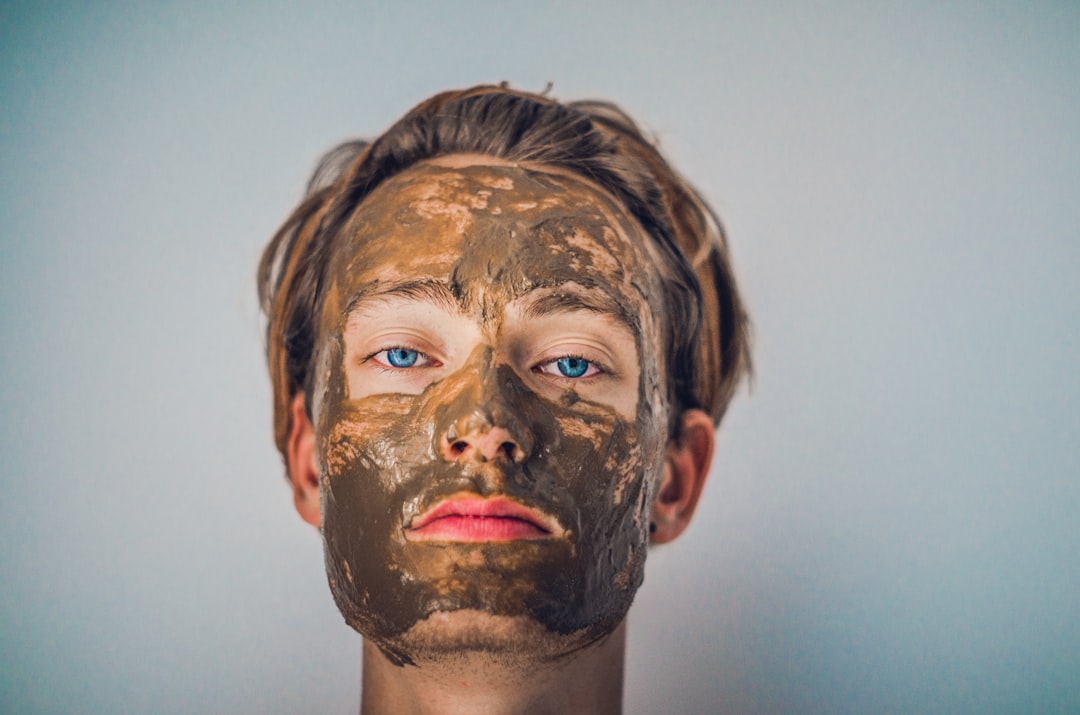Laser hair removal is a popular cosmetic procedure that utilizes concentrated beams of light to target and eliminate unwanted hair. The technology behind this method is based on the principle of selective photothermolysis, where the laser energy is absorbed by the pigment in the hair follicles, leading to their destruction while sparing the surrounding skin. As you consider this option, it’s essential to understand how the process works and what to expect during your treatment sessions.
During a typical laser hair removal session, a handheld device emits laser light that penetrates the skin and targets hair follicles in their active growth phase. This phase, known as the anagen phase, is when hair is most susceptible to laser treatment. Depending on your hair color, skin type, and the area being treated, multiple sessions may be necessary to achieve optimal results.
Many individuals find that laser hair removal not only reduces hair growth significantly but also leads to smoother skin over time. However, it’s crucial to have realistic expectations and understand that results can vary from person to person.
Key Takeaways
- Laser hair removal is a popular method for long-term hair reduction that uses concentrated light to target hair follicles.
- Potential side effects of laser hair removal may include redness, swelling, and skin irritation, but these are usually temporary.
- Skin damage concerns with laser hair removal are rare but can include burns, blistering, and changes in skin pigmentation.
- Factors that contribute to skin damage during laser hair removal include improper treatment settings, inappropriate candidate selection, and inadequate skin cooling.
- To minimize the risk of skin damage during laser hair removal, it is important to seek treatment from a qualified and experienced professional and to follow pre- and post-treatment care instructions.
Potential Side Effects of Laser Hair Removal
While laser hair removal is generally considered safe, it’s important to be aware of potential side effects that may arise during or after the procedure. Common side effects include temporary redness, swelling, and discomfort in the treated area. These reactions are typically mild and subside within a few hours to a couple of days.
However, some individuals may experience more pronounced effects, such as blistering or changes in skin pigmentation, particularly if they have darker skin tones or if the procedure is not performed correctly. In rare cases, you might encounter more severe side effects, such as scarring or infection. These risks can be heightened if you do not follow pre- and post-treatment care instructions or if you choose an inexperienced practitioner.
It’s essential to weigh these potential side effects against the benefits of the treatment and to discuss any concerns with your provider before proceeding.
Skin Damage Concerns

One of the primary concerns associated with laser hair removal is the potential for skin damage. While the procedure is designed to target hair follicles specifically, there is always a risk that surrounding skin may be affected. This risk can be particularly pronounced for individuals with sensitive skin or those who have certain skin conditions.
Understanding how laser hair removal can impact your skin is crucial in making an informed decision about whether this treatment is right for you. Skin damage can manifest in various forms, including burns, discoloration, or even textural changes. For instance, if the laser settings are too high for your skin type or if proper cooling techniques are not employed during treatment, you may experience adverse effects.
Additionally, individuals with darker skin tones may be at a higher risk for hyperpigmentation or hypopigmentation due to the way lasers interact with melanin in the skin. Therefore, it’s vital to consult with a qualified professional who can assess your skin type and tailor the treatment accordingly.
Factors that Contribute to Skin Damage
| Factor | Contribution to Skin Damage |
|---|---|
| UV Radiation | Causes sunburn, premature aging, and increases the risk of skin cancer |
| Pollution | Can lead to skin inflammation, acne, and premature aging |
| Poor Diet | Lack of essential nutrients can result in dull, dry, and unhealthy skin |
| Smoking | Reduces blood flow, damages collagen and elastin, leading to wrinkles and sagging skin |
| Stress | Can trigger skin conditions like eczema, psoriasis, and acne |
Several factors can contribute to the risk of skin damage during laser hair removal. One significant factor is your skin type and color. Lighter skin tones generally respond better to laser treatments because there is a greater contrast between the hair and skin color, allowing the laser to target hair follicles more effectively without affecting surrounding tissue.
Conversely, individuals with darker skin may face challenges due to increased melanin levels, which can absorb more laser energy and lead to unwanted side effects. Another contributing factor is the experience and skill of the practitioner performing the procedure. An experienced technician will have a thorough understanding of how different lasers work and how to adjust settings based on individual needs.
They will also be familiar with proper techniques for cooling and protecting the skin during treatment. Additionally, pre-treatment factors such as sun exposure or certain medications can influence your skin’s sensitivity and response to laser therapy. It’s essential to disclose your full medical history and any medications you are taking during your consultation.
How to Minimize the Risk of Skin Damage
To minimize the risk of skin damage during laser hair removal, there are several proactive steps you can take before and after your treatment sessions. First and foremost, choose a reputable clinic with experienced practitioners who specialize in laser hair removal. Research their credentials and read reviews from previous clients to ensure you are in capable hands.
A skilled technician will assess your skin type and customize the treatment plan accordingly. Before your appointment, it’s advisable to avoid sun exposure for at least two weeks prior to treatment. Tanning can increase your risk of complications and may require adjustments in laser settings.
Additionally, refrain from using certain skincare products that can irritate your skin, such as retinoids or exfoliants, in the days leading up to your session. After treatment, follow all post-care instructions provided by your practitioner diligently. This may include avoiding sun exposure, using soothing creams, and keeping the treated area clean and moisturized.
Post-Treatment Care for Skin Health

Minimizing Discomfort and Promoting Healing
To reduce discomfort and promote healing, apply a cold compress or soothing gel as recommended by your practitioner. This will help alleviate any temporary side effects and support the skin’s natural recovery process.
Your skin will be more sensitive after laser hair removal, making it essential to apply a broad-spectrum sunscreen with an SPF of 30 or higher whenever you go outside. This will help prevent hyperpigmentation and protect your skin from UV damage.
Additional Tips for Optimal Recovery
In addition to sun protection, stay hydrated and consider using gentle moisturizers to keep your skin nourished and promote healing. By following these simple tips, you can ensure a smooth and successful recovery after laser hair removal.
Consulting with a Professional
Before embarking on your laser hair removal journey, consulting with a qualified professional is paramount. A thorough consultation allows you to discuss your goals, expectations, and any concerns you may have regarding potential side effects or skin damage. During this meeting, the practitioner will evaluate your skin type and hair characteristics to determine if you are a suitable candidate for the procedure.
A reputable provider will take the time to explain the entire process, including what you can expect during each session and how many treatments may be necessary for optimal results. They should also provide information on pre- and post-treatment care tailored specifically for you. Don’t hesitate to ask questions about their experience with similar cases or any specific concerns you have regarding your skin type or medical history.
Is Laser Hair Removal Safe for Your Skin?
In conclusion, laser hair removal can be a safe and effective method for achieving long-lasting hair reduction when performed by a qualified professional. However, it’s essential to weigh the potential risks against the benefits and take proactive steps to minimize any adverse effects on your skin. By understanding how the procedure works, being aware of possible side effects, and following proper pre- and post-treatment care guidelines, you can significantly reduce your risk of experiencing skin damage.
Ultimately, consulting with an experienced practitioner will provide you with personalized insights into whether laser hair removal is suitable for your unique skin type and needs. With careful consideration and proper care, you can enjoy smoother skin without compromising its health or integrity. As you embark on this journey toward hair-free living, remember that informed decisions lead to better outcomes—ensuring that your experience with laser hair removal is both safe and satisfying.
If you are considering laser hair removal, you may be wondering if it causes any side effects. According to a recent article on




